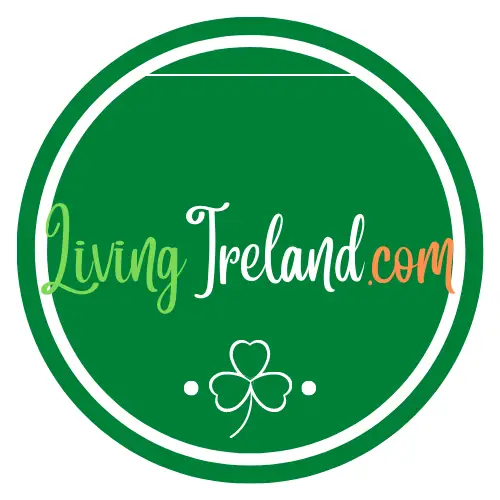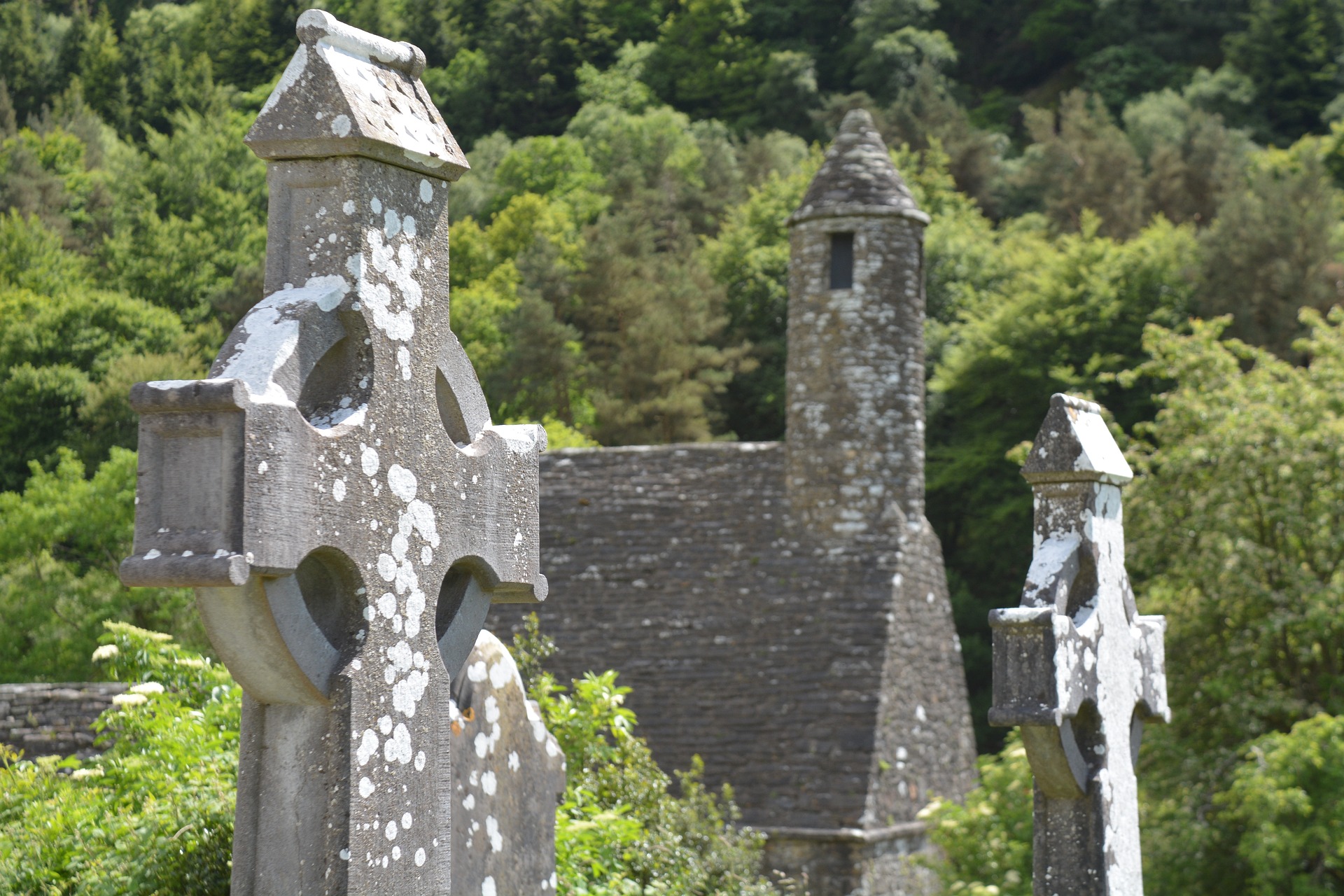The most common religion in Ireland today is Roman Catholicism, and this has been the case for centuries. The Protestant Reformation, kicked off with Martin Luther in Dresden in the 1500s, never took hold in Ireland, so religious history of the Emerald Isle is very different to our neighbour’s in the UK.
Below we’ll look at the current religious makeup of Ireland, what it means to be a Roman Catholic, and how Ireland went from Celtic Paganism to Roman Catholicism.
What Religion is Ireland?
Religious Census in Ireland
The most recent Irish census is from 2016, so even though it’s not entirely up to date, it gives a good idea of where Ireland is and has been regarding religion over the last decade.
Generally, Ireland is a tolerant and liberal country. People of many faiths come to live, work and visit as tourists. Most have very little problem with the locals regarding their religion. Ireland is a secular constitution, meaning there is a separation of church and state.
The most popular religion in Ireland is Roman Catholicism, with 77.8% of Irish people identifying as such. Listed below are the other religions that makeup Ireland:
- No religion- 10.1%
- Church of Ireland (a form of Protestantism related to the Church of England)- 2.7%
- Other- 2.6%
- Unspecified- 2.6%
- Other Christian- 1.6%
- Orthodox Christian- 1.3%
- Islam- 1.3%
What is a Roman Catholic?
Within Christianity, there are several branches of faith, each with a lot in common but also noticeable differences. These three branches are Catholic, Protestant, and Orthodox.
Roman Catholics are the oldest type of Catholics, having been around since Christianity first broke away from Eastern Orthodoxy. Like all Christians, Roman Catholics believe in Jesus Christ – who they believe died for our sins.
However, what separates Catholics from other denominations is the authority of the Pope, based in the Vatican City in Rome, Italy. The Pope is the figurehead of the Catholic church, considered a direct contact with God, and it’s his job to interpret scriptures and traditions, being the final voice whenever there is disagreement or guidance is required.
The Catholic Church is hierarchical, with the Pope at the top of this organisation. The hierarchy goes from most to least authority: Pope, Cardinals, Archbishops, Priests, Deacons, and Laity and you will find all of these figures in Ireland, apart from the Pope.
The Catholic doctrine is based on both scripture (the Bible) and traditions. One such tradition is devotion to the Virgin Mary, which other types of Christians see as important but not divine. Catholics also believe in Transubstantiation; during Communion, the wafer and wine literally (not metaphorically) turn into the blood and body of Christ.
Catholicism also believes in Saints and Miracles, suggesting that some people are ‘chosen’ by God, which has proven controversial among other Christian faiths.
This is a very quick breakdown of the religion, how it’s structured and what it entails. All of the above can be seen across Irish Catholic parishes up and down the country.
Christianity in Ireland
In the past, before the 5th century, Ireland was a Pagan island. Most historians believe that the first Christians to come into contact with the Irish were the Romans who had come to the British Isles.
In Ireland at this time the natives followed what’s known as “Celtic Paganism,” a branch of Paganism practised by the people of Ireland and Britain before Roman influence.
There are few written records of Celtic Pagan beliefs and practices. However, based on their archaeology (of which there was plenty), historians know that nature was a big part of this religion.
With over 400 gods, the Pagans believed they all had some control and influence over humanity.
The first attempt to convert Ireland was in 431 AD. A man called Palladius was sent by the then Pope, who intended him to become Bishop of Ireland. Although his followers were among the first Christians to settle in Ireland, the pagan locals didn’t much like him, and he was exiled.
The Influence of Saint Patrick
The supposed main reason Ireland is Catholic today is because of its Patron Saint, Saint Patrick.
Today, people with Irish ancestry worldwide celebrate St Patrick’s Day. In some cases, with copious amounts of Guinness.
What a lot of people don’t realise is that St Patrick was actually British. There is some debate around his background, but it’s generally accepted that he was raised in a highly respected Roman family. His first interaction with Ireland was far from pleasant; he was captured and enslaved. After escaping, he returned to Roman Britain, becoming a clergyman.
However, later in life, he returned to Ireland as a missionary. At first, he converted one of Ireland’s islands to Catholicism and built Ireland’s first monastery.
With time, Ireland fully embraced Catholicism, and it is now one of the most Catholic countries in western Europe.
Is Religion in Decline in Ireland?
Although the data at the start of this article may suggest that Ireland is a highly Catholic nation, Catholicism is in decline overall.
In 2011, there were 3.86 million Roman Catholics in Ireland. In 2016, there were 3.7 million. In percentage terms this was a decrease from 84.2% to 78.3%.
The highest level of Catholicism in Ireland was in 1961, with 94.9% identifying as such. And it’s not just the census data that shows the decline; church attendance is also going down across Ireland.
However, despite the decrease, Ireland is still a more religious nation than our neighbours in Britain.

